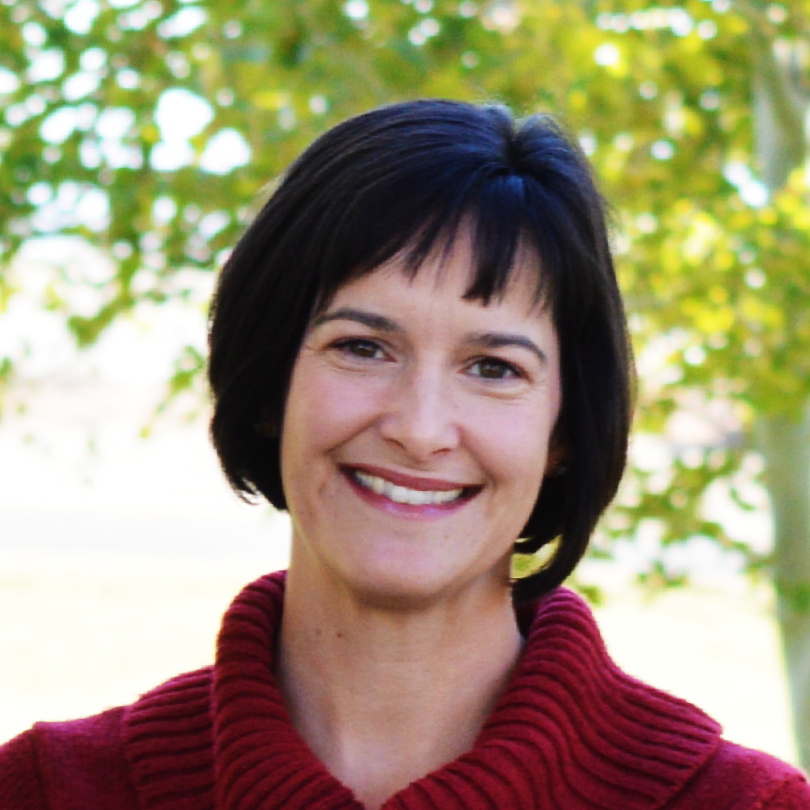
So proud of her!!!
 |
| Kirsten's Article "Adventures in Extreme Recycling" |
KL- Working with ASK Magazine was a wonderful experience. It was so good in fact, that I'm working on another article for the magazine as we speak. The editor helped me shape the manuscript, and was very exacting when it came to fact checking. As a beginner, I found the editor to be very patient.
JY- How long did it take for your article to be published from start to finish?
KL- I submitted a proposal to the magazine in January. The proposal included a bibliography, outline, and my opening paragraph. I received the go-ahead for the article in late May. I had about a month to write the rough draft, and then we worked on final edits in early July. It was about five more months before the issue was published. So, it takes about a year from start -- the proposal -- to holding the magazine in your hand.
JY- What was the most exciting part of getting published?
KL- It's been a long time since I had a byline! I worked for newspapers in college, but that was years ago. For me, it was exciting to have something tangible to show my family. My kids talk about my books "in my computer," but they really want something they can touch. When the piece was published, I was eager to show them something more than text on my computer screen.
JY- What is your article about? And did you have to do much research for it? If so, what type of research?
KL- The article explores a way astronauts might stay alive on a future trip to Mars. It's way to expensive to pack all the water they would need for a year-long trip. This system recycles water over and over again, making drinking water from the moisture in the air and even astronauts' pee.
I did several hours of research about the system, called WaterWalls. I looked at newspaper articles, powerpoint presentations, and conference presentations. I read technical papers. But the best way for me to research is always to talk to people. I interviewed two experts, Michael Flynn and Dr. Sherwin Gormly, who are developing the system.
JY- Do you have anymore articles coming out soon? If so, is it with the same magazine? I
KL- I got really lucky with my magazine queries for 2013. I have another Mars article in January 2014's ODYSSEY that explores whether life ever existed on Mars. I have seven more articles in ASK, ODYSSEY, Boys' Quest, and AppleSeeds that will appear throughout the year.
Any current wips/projects you're working on? Right now I'm working on two science books for the educational market, as well as an article about Vikings for ASK that will come out this summer. I also have a historical picture book I'm trying to get down on paper. The research has been extensive, including reading letters and autobiographies from the 1800s.
JY- Where can we buy your work?
KL- You can check your local bookstore for issues of the magazines. Sadly, many bookstores carry fewer and fewer kids magazines. You can order individual issues from the publishers at their Web sites. Or better yet, get a subscription! Each issue is designed around a theme that explores one concept in depth.
Fun questions:
JY- Do you have a favorite museum?
KL- I am a museum junky, so that's a really difficult question for me. I get some of my best story ideas from museum visits. The California Science Center, which is home to Space Shuttle Endeavour, is a family favorite. I used to work at NASA and worked with news media during many Space Shuttle launches. And my husband flew a plane that escorted Endeavour to Los Angeles International Airport, where it began its journey through the streets of LA to the museum. Whenever we watch the movies of the event at the museum, my five-year-old yells, "There's Daddy!"
JY- If you were to pack for Mars what is one thing you couldn't leave without?
KL- Chocolate! It would be fun to float M&Ms and then gobble them up.
More about Kirsten:
Kirsten is a children’s science writer and book author. She freelances for BirdBrain Science, a computer-based science curriculum that marries literacy and science, as well as children’s magazines. She currently is at work on her first two book projects.
Kirsten spent six years at NASA, where she represented the Space Shuttle and Space Station programs, as well as a number of aviation programs. She also has worked as a Faced with the prospect of two school-age children, Kirsten pondered what to do when she grew up. Then she decided not to grow up and
Kirsten enjoys swimming, walking, and traveling. When not at work, she’s a volunteer school librarian and book fair coordinator. She coaches a Jr. FIRST LEGO League team of five- through eight-year-olds.
Kirsten graduated from the University of Virginia with a double major in English Language and Literature and History. Her undergraduate thesis on American portraiture in the Early Republic was published in the journal, Essays in History. Her writing also has appeared in The Daily Press (Newport News, Va.), The Virginian-Pilot and Ledger-Star (Virginia Beach, Va.), The Cavalier Daily (Charlottesville, Va.) and Aviation Illustrated. She is the winner of a Virginia Press Association Award (3rd Place) for a series she co-wrote called, Thomas Jefferson’s Vision of UVa. She holds an
Kirsten is a member of the SCBWI and the 12 x 12 Picture Book Challenge
Kirsten's Website: http://kirsten-w-larson.com/
Kirsten's Blog: http://kirsten-w-larson.com/updates/
Look for Kirsten's work in these magazines:
Boys Quest- http://funforkidzmagazines.com/boysquest
Ask- http://www.askmagkids.com/
Odyssey- http://www.odysseymagazine.com/
AppleSeeds- http://www.cricketmag.com/APP-APPLESEEDS-Magazine-for-Kids-ages-6-9


